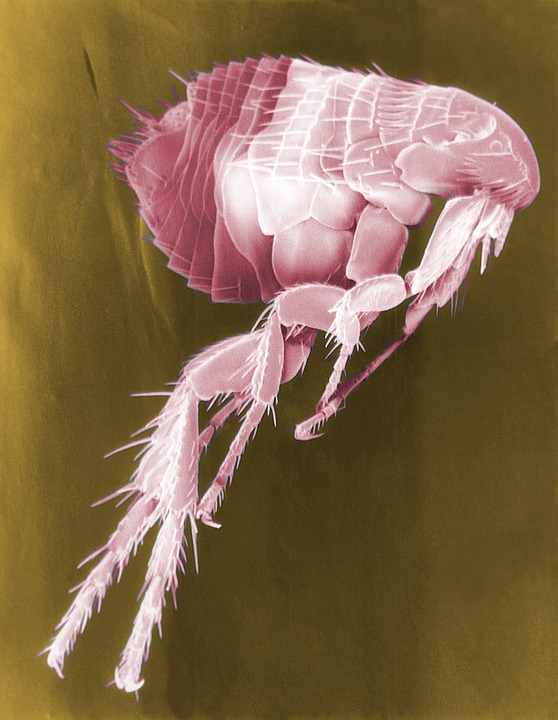
Earth’s tropical regions contain some of the most beautiful sites on the planet, but also some of the most virulent diseases that infect humans. Today, over one billion people around the world are affected by tropical diseases. Medical professionals are sorely needed in tropical countries to provide basic medical services to the world’s poorest and most vulnerable. Those who commit to serving in this way must be prepared, as there are some common tropical diseases with which they may come into contact.
Three Common Diseases To Consider: Symptoms And Transmission
While there are countless diseases in the tropics, three in particular warrant additional focus and preparation before one visits the region to assist in a medical capacity.
Dengue
Fever – This disease is a significant danger to people living in
tropical regions – approximately 1/3 of the world’s population. As a
mosquito-borne disease, dengue fever can best be prevented by disrupting or
destroying mosquito colonies. On an individual basis, travelers should
consistently use mosquito repellents to reduce exposure. Remain alert if you
are in areas with nearby stagnant water, and regularly check for signs of
mosquito bites.
Once contracted, symptoms of the disease generally present within 8-14 days.
Fortunately, most people infected with the virus will only face mild symptoms,
including a fever and rash. For about 5% of the population, however, the
disease may cause hemorrhage, fluid accumulation in the chest, and blood supply
issues, potentially leading to fatality. This risk is highest in those
previously infected with the disease.
Rabies –
Rabies is a worldwide disease, so its occurrence in the tropics is no surprise.
It is transmitted by direct contact with infected saliva, generally through a
bite. Small animals, including bats, dogs, and rodents, all pose a significant
risk to humans. Avoiding transmission involves being aware of abnormal
behavior; if an animal is unusually aggressive or fearless, there is a
significant risk that they are infected. As direct contact is the only means of
transmission, there is no other way to prevent transmission than simply
avoiding infected animals.
The disease may incubate for 1-3 months after contraction before presenting
symptoms. While there is a 99+% mortality rate once symptoms present,
vaccination is often still effective, even if administered after infection, so
long as it is done so before symptoms occur. Rabies usually presents as
hydrophobia, prompting irrational fear of liquids and an inability to swallow
saliva along with aggression and uncharacteristic behavior. In a minority of
cases, it will instead cause muscle weakness and paralysis.
Leprosy –
This is an ancient disease with a long-documented history of afflicting human
communities. Leprosy is contagious through human-to-human contact, with
speculation as to whether it can occur through contact with sweat or nasal
droplets. The best way to avoid contracting this disease is to limit contact
with those
who are already infected.
When the disease begins to present symptoms, they include characteristic pink
or red patches of hard skin. Over time, these patches necrotize, and cause significant
deformities in most cases, as well as nerve damage in a minority of cases. The
disease is treatable, and much of the damage reversible if caught in time,
though nerve damage is generally permanent.
Opportunities To Help Those In The Tropics
Many people in tropical nations experience tremendous poverty and lack access to adequate medical treatment. When this is combined with poor sanitation and climates that encourage some of the most virulent diseases, there are many opportunities for those who desire to help. Those looking to put their medical knowledge to the best use with a positive approach should prepare for the numerous diseases in the tropics. The diseases listed above are not the only ones visitors may contract, so it is essential that visitors engage in proper hygiene to kill pathogens and prevent parasitic infection, including frequently washing hands and using sanitizers. With appropriate preparation, medical professionals can safely join the fight against diseases which threaten billions around the world.